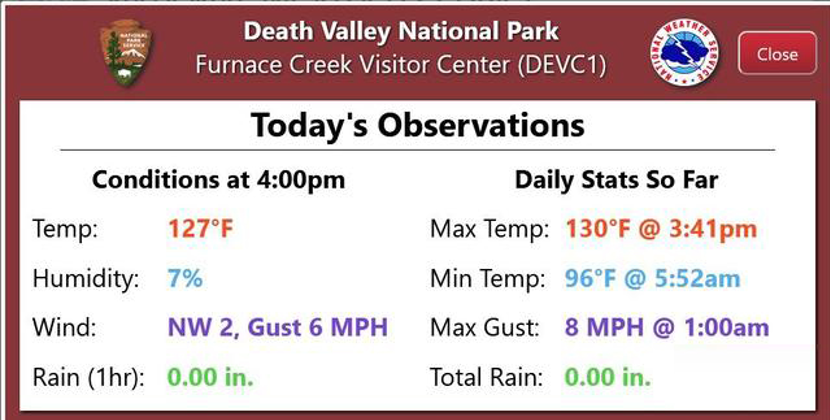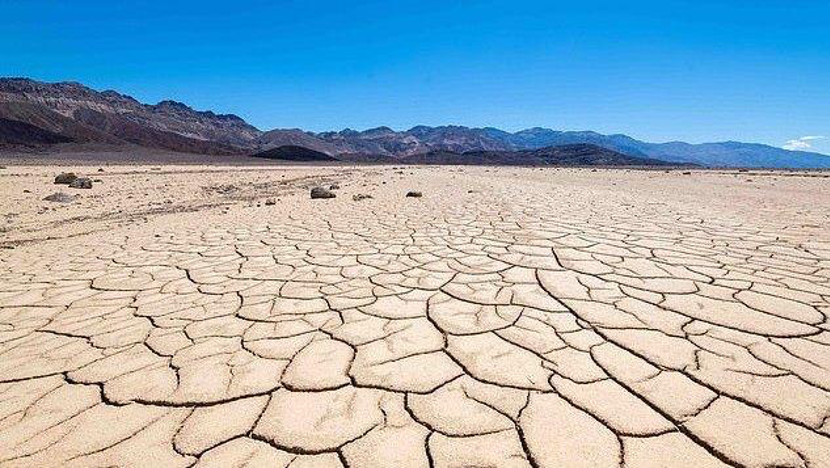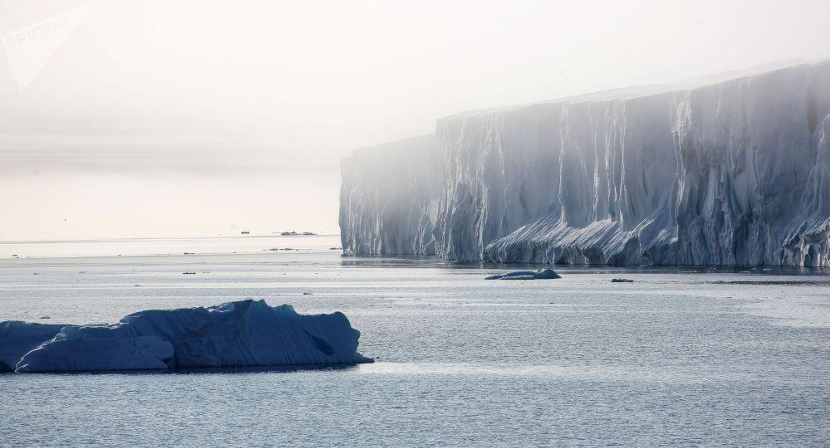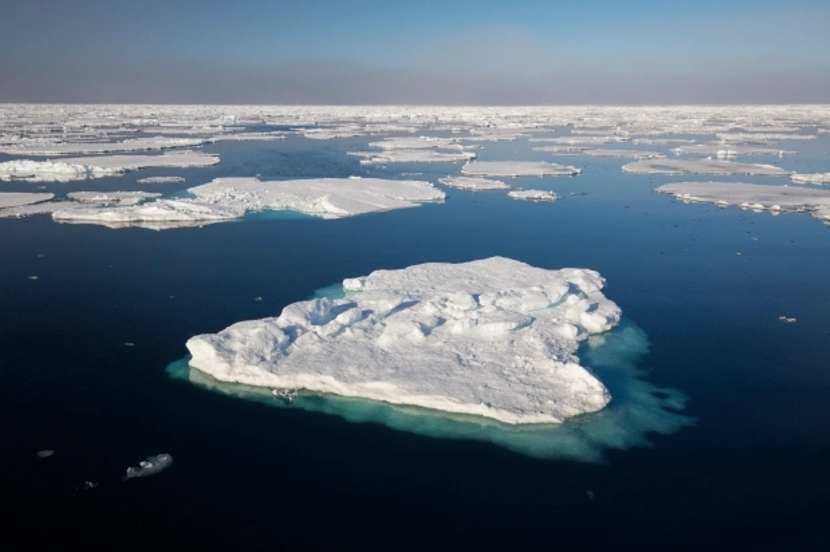A high temperature of 54.4℃ in the United States, the highest record in 107 years, two Arctic ice caps have disappeared
Over the years, we have been talking about climate warming, that is, the earth is getting hotter. From the recorded scientific data, we can intuitively see that the current world average temperature has risen by about 1.1°C compared to the average temperature before the industrial revolution. Of course, the temperature rise in different regions is different, and the temperature rise in the north and south poles is relatively obvious. As the temperature of these planets continues to rise, we have also seen record high temperatures in many areas.
According to a report on August 18, 2020, on August 16, 2020 local time, the U.S. Meteorological Administration measured a maximum temperature of 130 degrees Fahrenheit (about 54.4 degrees Celsius) at a monitoring station in Death Valley National Park in California, which was 107 The highest temperature recorded over the years. The highest temperature in the history of Death Valley in California occurred on July 10, 1913. At that time, the temperature measured was 134 degrees Fahrenheit (about 56.7 degrees Celsius), the highest temperature ever recorded in the world.
At the end of last month, the National Weather Service (NWS) actually measured high temperatures in California's Death Valley and other regions. On July 31, 2020, the temperature in California's Death Valley National Park had reached 125 degrees Fahrenheit (51.7 degrees Celsius). High temperatures of 121 degrees Fahrenheit (49.4 degrees Celsius) occurred in the Nidals area of California, and 112 degrees Fahrenheit (44.4 degrees Celsius) occurred in the Kingman area of Arizona. Some areas broke the temperature records of the past few decades. Forecasts at the time pointed out that the hot weather in these areas may last for a long time.

Of course, this is only a temperature of more than 50 degrees Celsius in some areas, and California’s Death Valley National Park is one of the hottest areas in the world, so the temperature is hotter than most other parts of the world. However, these situations are indeed worthy of our attention, because these areas have experienced record high temperatures, which is not a special case. You must know that the current temperature is not the end. As climate warming continues, we may see more record-breaking temperatures in the future, that is, many areas may get hotter and hotter.

Glaciers are melting faster
The emergence of record high temperatures brings us not only heat, but also many problems, and these problems will bring us direct or indirect threats and challenges. Take glaciers as an example. In the case of high temperature, these glaciers will melt faster. Although the temperature will drop when winter comes, the glaciers will recover, but the amount of glacier recovery is less than the amount of loss, which means that the glacier The stock will decrease year by year, and eventually there may be no ice

During this time, we saw a lot of bad news about glaciers. One of them is that the last complete Arctic ice shelf in Nunavut in northern Canada, the Milne Ice Shelf, has collapsed and disappeared within two days at the end of July. For 40% of the area, the worst possibility is that the ice shelf may disappear in the future. Another news of the melting of glaciers is that two Arctic ice caps in Canada have completely disappeared.
There are many problems caused by melting glaciers
Will the melting of these glaciers really affect us humans? It seems that it will not have a direct impact on us, but the problems behind it have far-reaching impact. As the glaciers melt, these glaciers merge into the ocean, causing sea levels to rise. With the disappearance of these glaciers, the creatures that depend on them for survival may also face desperation. Studies have shown that polar bears may be at risk of extinction in 2100.

In addition to rising sea levels, there may be problems such as drought in some areas. Because the main water source in many areas comes from the seasonal melting of these mountains, plateau glaciers, and snow, when these glaciers accelerate their loss, it means that there will be fewer and fewer glaciers in the future, and when they reach a critical point, the seasonal melting of these glaciers will bring about The water source may not be able to meet the water demand in these areas, and finally there will be a water shortage problem.
Judging from various signs, the problems caused by high temperature are global and have many impacts. Therefore, how to alleviate the frequency and intensity of high temperature weather is indeed an issue worthy of attention. According to research, the current temperature rise is also caused by climate warming, and climate warming is caused by carbon emissions. So to solve these problems, we can start with solving the carbon matter in the atmosphere. On the one hand, we vigorously develop clean energy to reduce carbon emissions; on the other hand, we can plant trees to absorb carbon dioxide that has been released into the atmosphere. With the advancement of more effective measures, climate warming can be alleviated in the future. When the trend of climate warming is alleviated, these weather and other problems will also be alleviated.
